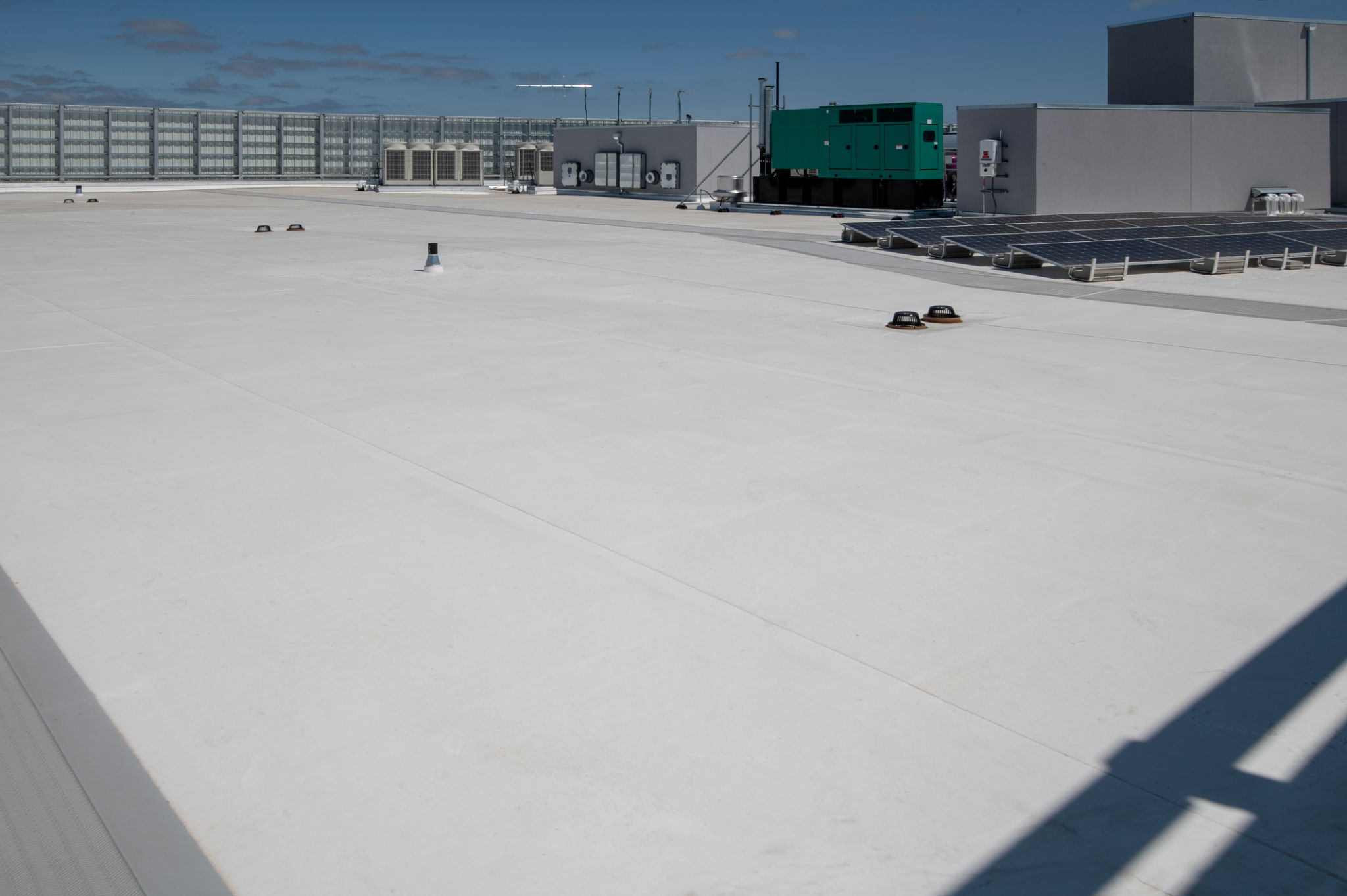The Impact of Seasonal Changes on Surface Treatment Processes in Turkey
Understanding Seasonal Variations
Turkey's geographical diversity means that it experiences a wide range of climatic conditions throughout the year. These seasonal changes can significantly impact industrial processes, including surface treatments. Understanding these variations is crucial for optimizing processes and ensuring quality outcomes.
Temperature fluctuations, humidity levels, and even seasonal winds can alter the effectiveness of surface treatments. For manufacturers and industry professionals, adapting to these conditions is essential for maintaining product quality and operational efficiency.

Temperature's Role in Surface Treatments
Temperature is a critical factor in surface treatment processes such as painting, coating, and anodizing. In colder months, low temperatures can slow down chemical reactions, affecting the adhesion and curing of coatings. Conversely, during the hot summer months, high temperatures can cause the rapid evaporation of solvents, leading to defects like blistering or cracking.
To combat these effects, it is important to adjust the formulations and application techniques according to the season. This might involve using additives that promote better adhesion in cold conditions or adjusting drying times during warmer periods.
Humidity and Its Effects
Humidity levels can vary significantly across Turkey, influencing surface treatment processes. High humidity can lead to condensation on surfaces, which affects paint adhesion and leads to defects such as bubbling or peeling. On the other hand, low humidity can cause static electricity issues, particularly in powder coating applications.

It is crucial to monitor and control humidity levels in production environments. Using dehumidifiers or humidifiers, depending on the season, can help maintain optimal conditions for surface treatments.
Impact of Seasonal Winds
Seasonal winds, particularly those prevalent in certain regions of Turkey, can introduce airborne contaminants such as dust and debris into the manufacturing environment. These contaminants can compromise surface finishes, causing roughness or inclusions that degrade the final product's appearance and performance.
To mitigate these issues, facilities should implement enhanced air filtration systems and maintain cleanroom environments where necessary. This not only ensures a higher quality finish but also reduces the need for costly rework or repairs.

Adapting Processes for Seasonal Changes
The key to successfully managing the impact of seasonal changes lies in flexibility and proactive adaptation. Establishing a robust monitoring system that tracks climatic conditions allows manufacturers to anticipate adjustments in their processes. This could involve scheduling surface treatments during times of the year when conditions are most favorable.
- Regularly updating training for staff to handle seasonal variations.
- Investing in technology that automatically adjusts process parameters.
- Collaborating with suppliers for seasonal-specific materials or additives.
The Importance of Continuous Improvement
Continuous improvement is vital in adapting surface treatment processes to seasonal changes. By collecting data and analyzing the performance of different strategies over time, businesses can refine their approaches for better efficiency and quality.
This ongoing effort not only helps maintain high standards but also positions companies competitively by demonstrating their ability to deliver consistent results regardless of environmental challenges.
